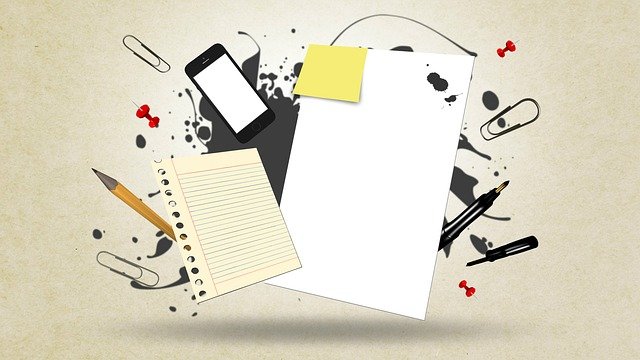Note-taking. There’s a seeming endless variety of apps as well as physical notebooks. Bullet journal, anyone? Scratch the surface and you’ll come across an unusual word–Zettelkasten. It’s the German word for one of those slip-cases you keep index cards in, popularized in the knowledge context by the amazingly prolific Niklas Luhmann.
His system involved keeping stacks of index cards, one per topic, using a manual hypertext system to give each card a particular ID and cross-reference various topics. You can see a nice depiction of these cards in this article. More recently there have been a number of electronic attempts to replicate this system, but of the few ones I’ve tried, they were fairly incomprehensible. Implementations tend to get caught up in replicating the details of Luhmann’s system, sacrificing what might be the most important aspects.
So pardon the mildly clickbaity title, but describing Zettelkasten has practically become its own cottage industry. Let’s dig in a bit. Why take notes in the first place? Sometimes I take notes simply to help me pay attention and mentally capture information as it’s delivered. But the spirit of Zettelkasten is about retaining information for the future, and especially to link together different ideas gleaned from different contexts, something that Luhmann excelled at. There are a couple of principles important to keep in mind.
Principle 1: To make this work, you need to be able to capture information wherever you encounter it. If you’re reading a book, or watching a video, or engaged in a conversation when you come across an idea worth saving, you need to be able to immediately capture it right there. Index cards are great for this. Desktop applications, maybe not so much (unless you live at your desk).
Principle 2: As you record a note, you usually don’t know how it fits in with all your existing notes. There is an emergent structure that gradually reveals itself over time. And there’s no way to automate this–the mental process of repeatedly going over older notes is how your brain identifies connections between topics you might not otherwise have ever connected. Periodic review and reflection is more important than the structural details of your note-taking system.
Principle 3: One of the key values of notes is that you take the pressure off your wetware brain by not having to remember every darn thing. But you still have to recognize when you need to dip back into your offline brain to pull something out. Sometimes this is an overtly creative process, like sitting down to outline a book. Other times will be more spontaneous, like during an active discussion and you need to pull out a salient fact or quote. This is called Fabrication of Serendipity.
Ultimately, like all the other manifestos, this one concludes that there is no one-size-fits-all Zettelkasten system, which is why software implementations struggle so hard to get right. Everyone needs to craft a system that meets their unique style and context.
There’s a few non-principles too, though you can easily find proponents for any of these. You don’t need strictly one idea per note. That’s a useful practical concern for index-card-sized pieces of paper, but in some electronic systems work better with related notes in a single text file. Each individual idea should somehow be addressable though–even a unique title is enough. Hypertext and tagging systems are nearly irresistible to the sorts of folks that build note-taking apps, but hypertext isn’t strictly necessary either. Ctrl+S search or grep can go pretty far. You can make this work with even the most bare-bones application.
Since folks will ask, my personal Zettelkasten is built on Standard Notes. Zero frills, but secure and reliable sync between desktop and mobile devices. Your mileage will definitely vary. For example, one of my notes, called “Guideposts” has about 130 (and growing) pithy quotes and/or named aphorisms, from Amara’s Law to the Zeigarnik Effect. I refer to it often. Another, called “Incoming Uncategorized” contains a bunch of small notes and ideas from whatever I’m currently reading or working on. I periodically review it, and move stuff into a more permanent place.
What’s yours look like?
If you want to see some of my notes, join Micahcosmos.
